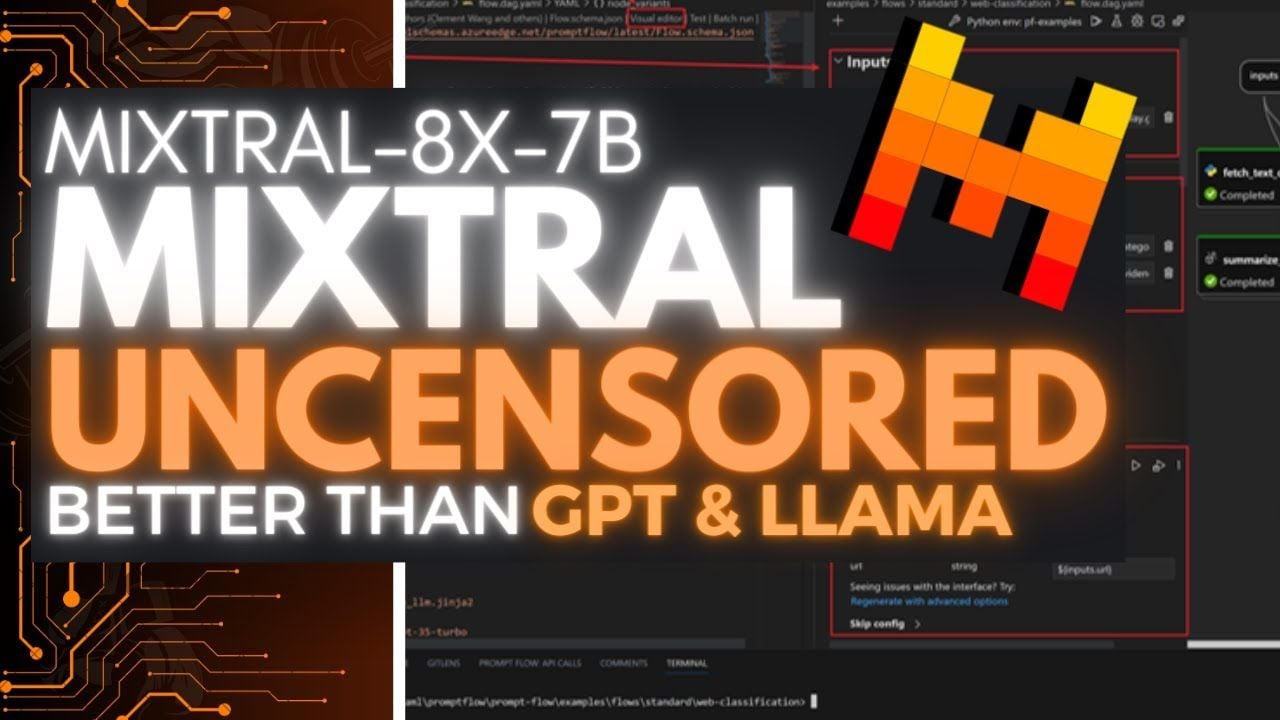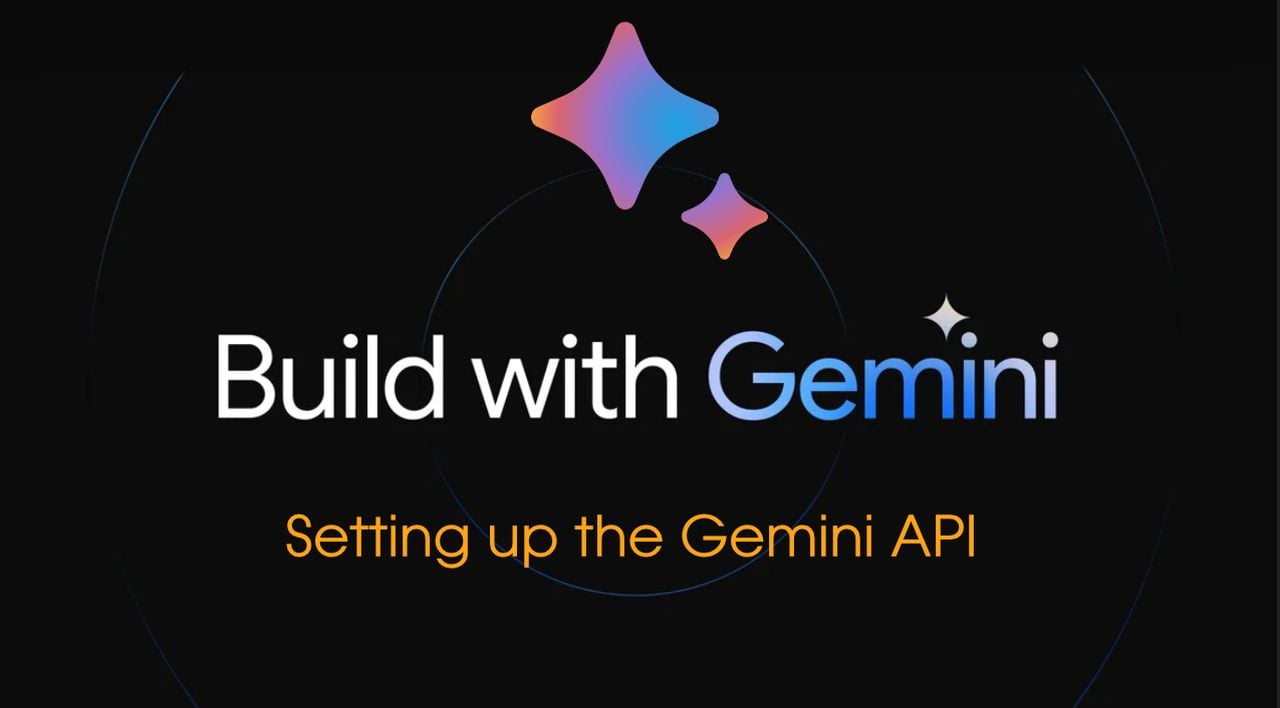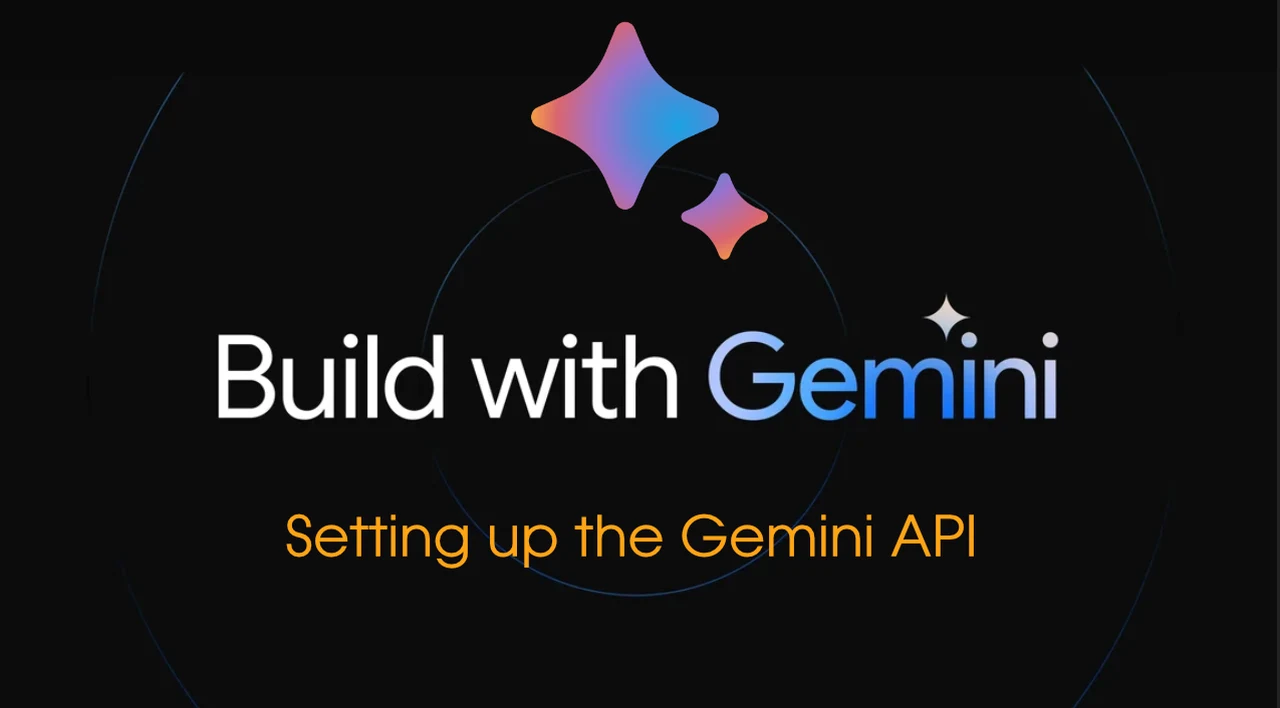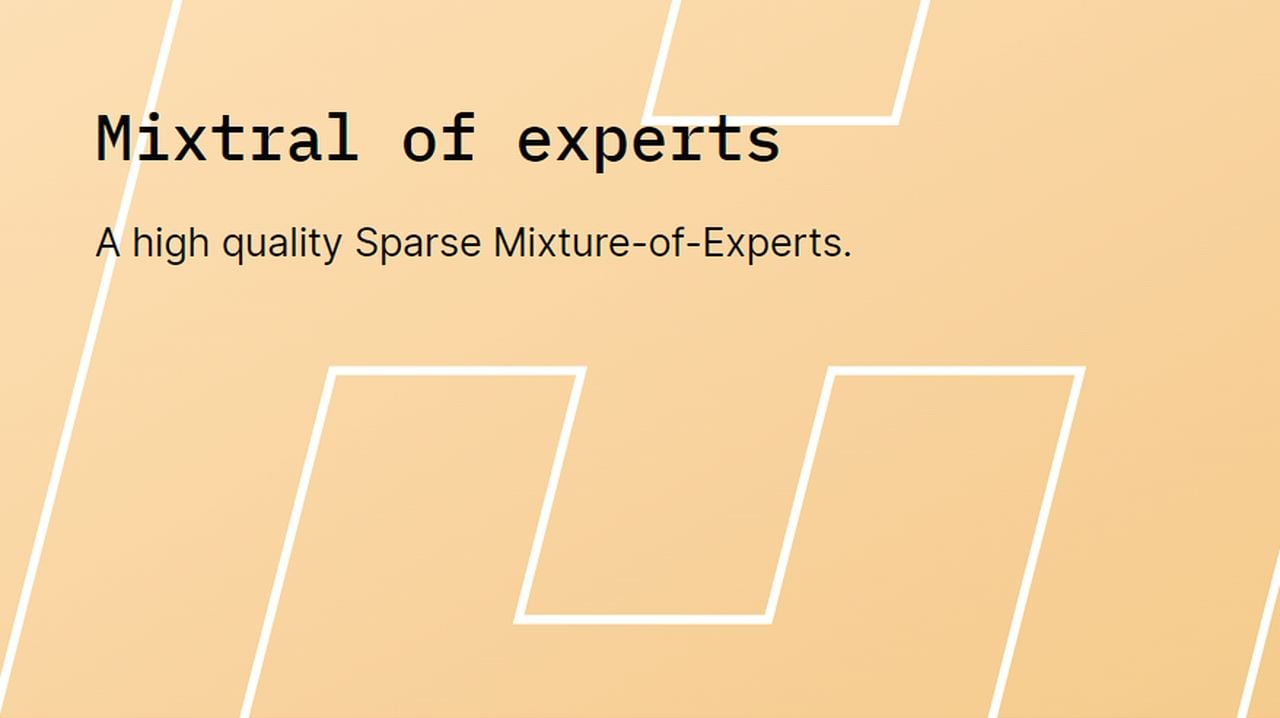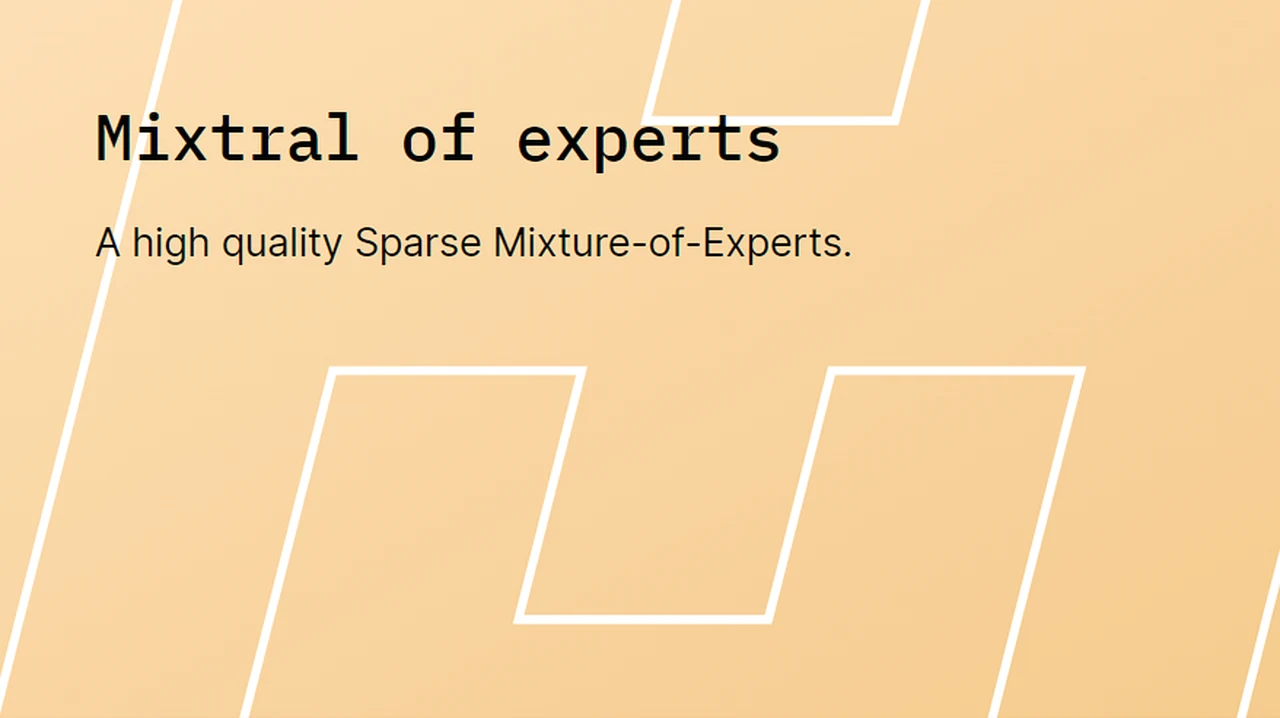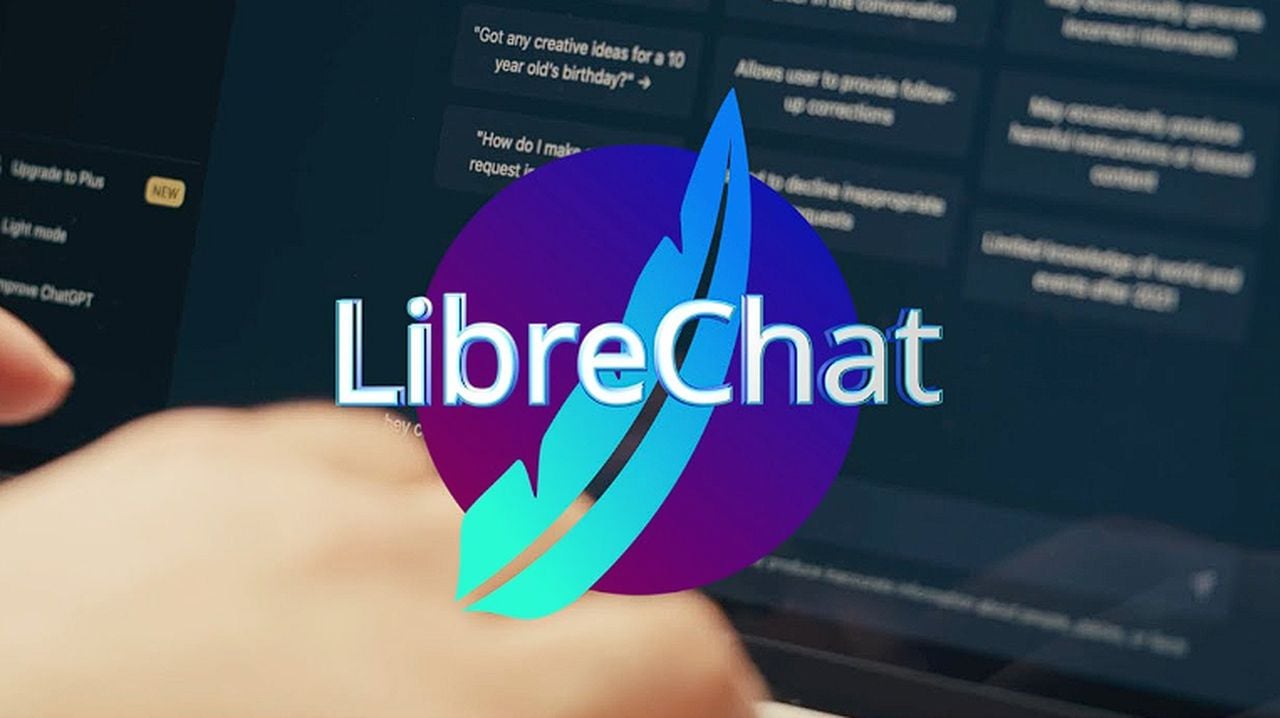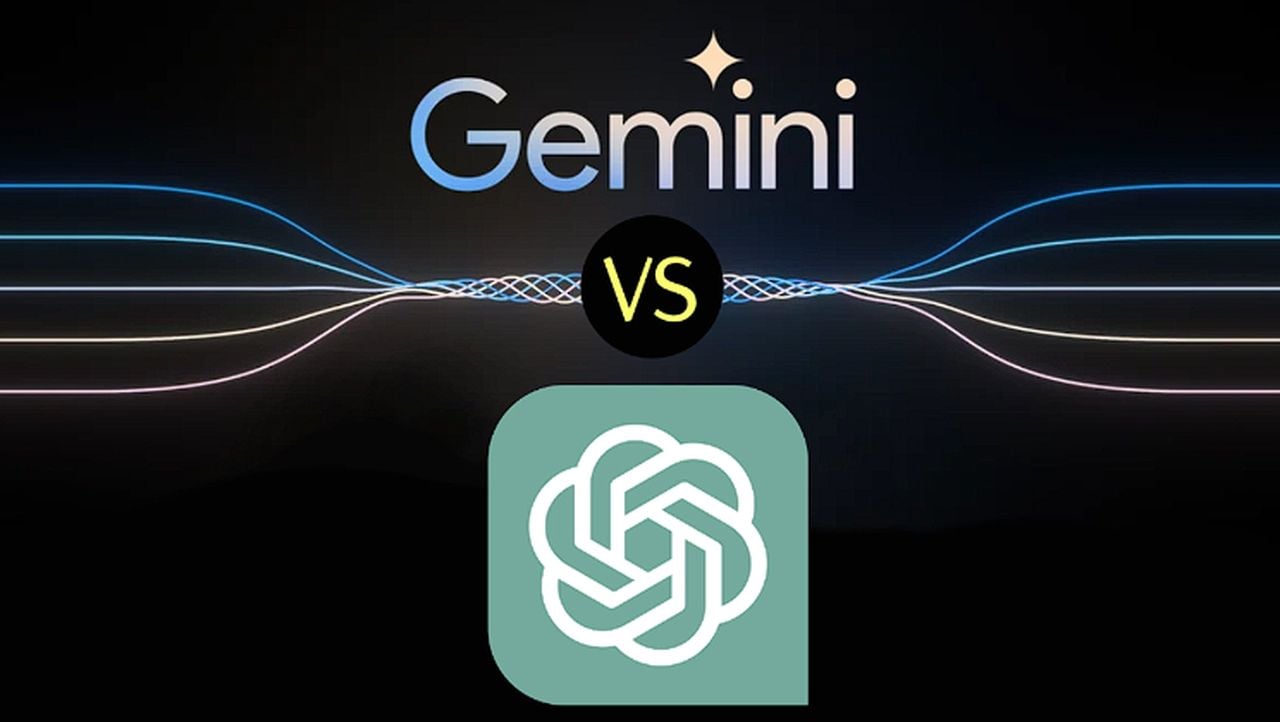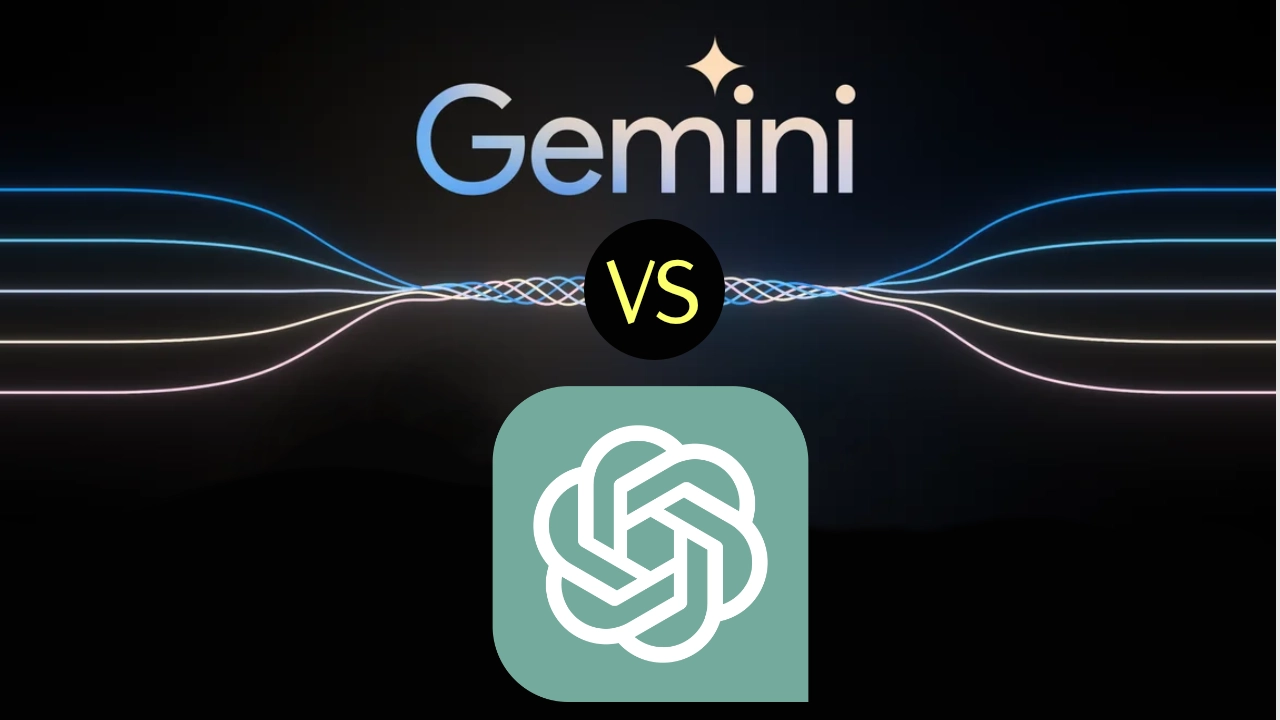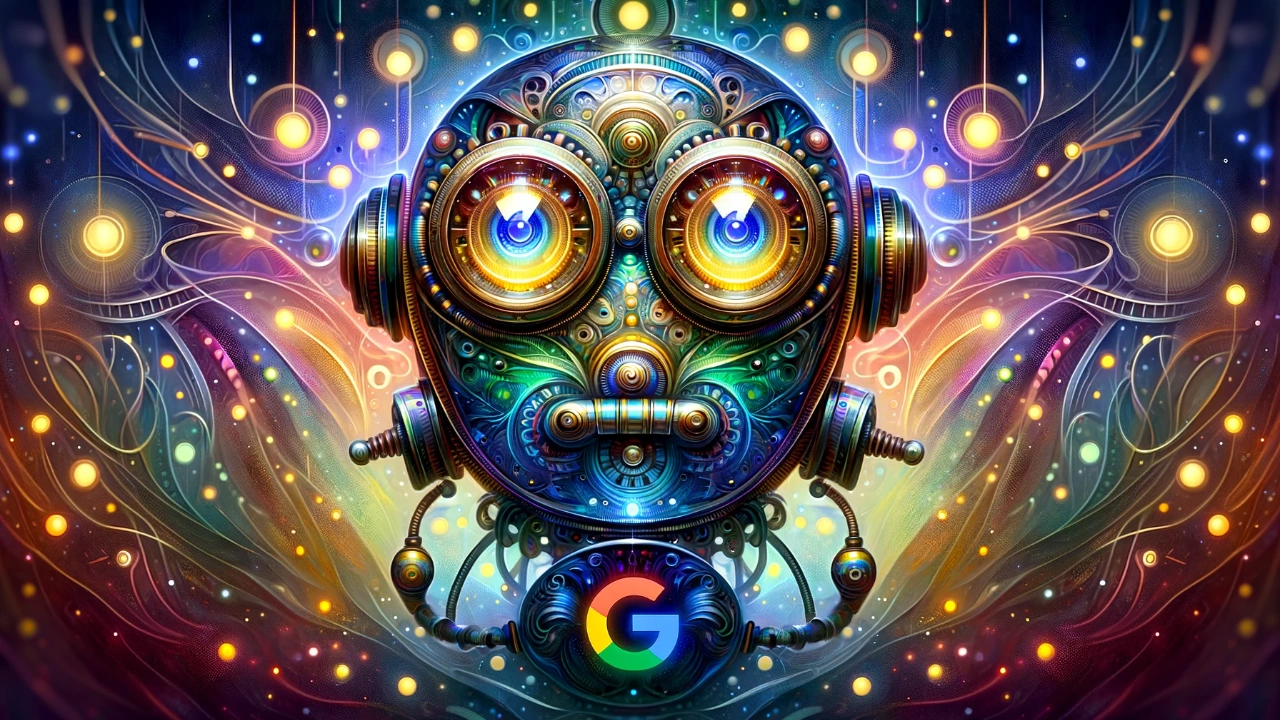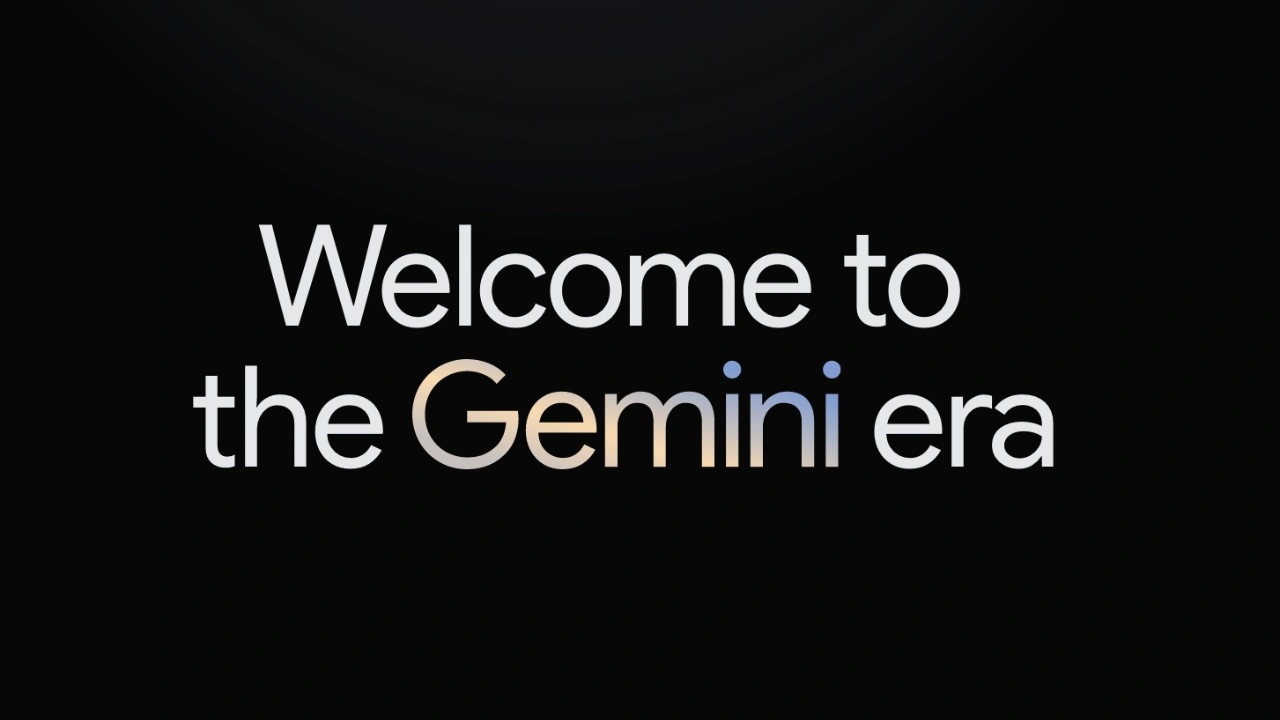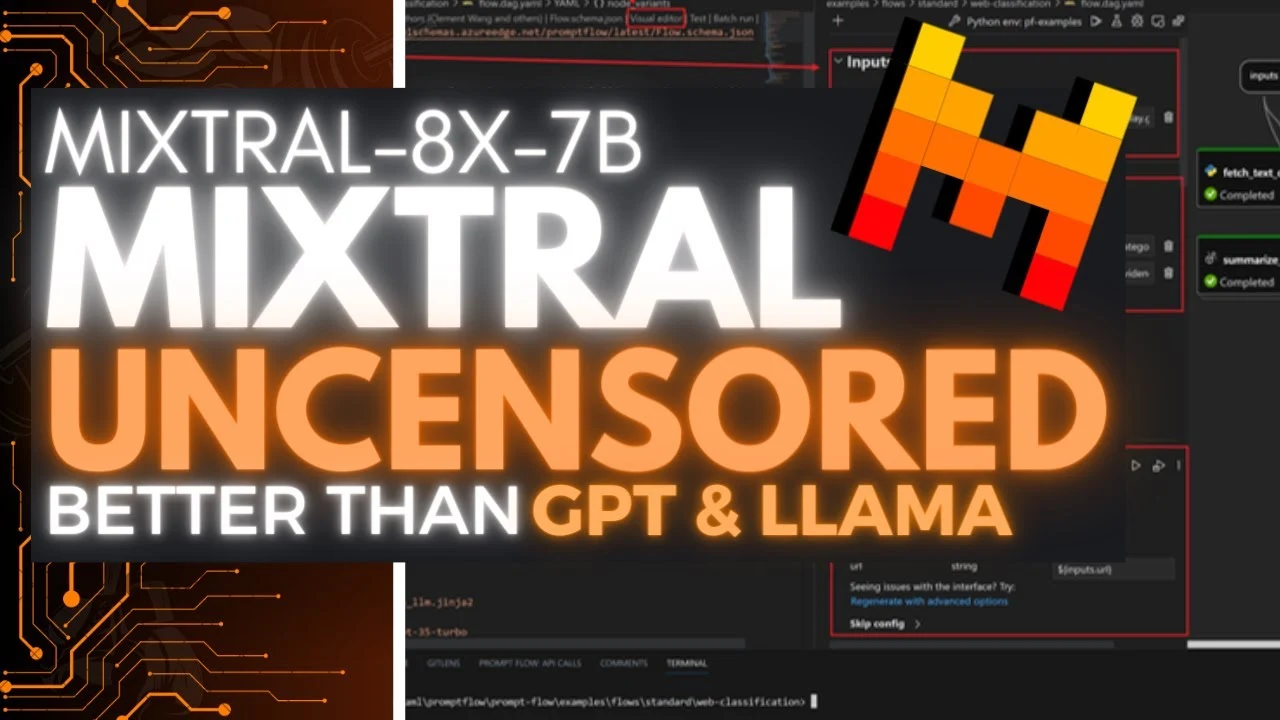
When you decide to install the Mixtral uncensored AI model on your computer, you’re getting access to a sophisticated artificial intelligence that’s been designed to outperform many others in its class. Known as Mixtral 8x7B, this AI boasts a 7 billion parameter framework, which allows it to operate with remarkable speed and efficiency. It’s a tool that’s not only fast but also supports multiple languages and can generate code effectively, making it a top pick for developers and companies looking for an edge.
One version based on Mixtral-8x7b is Dolphin 2.5 Mixtral, it has been enhanced with a special dataset that helps it avoid biases and alignment problems making it an uncensored version. This means that the AI is not just efficient, but it’s also fair and can be used in a wide range of applications without favoring one group over another. The base model has 32k context and finetuned with 16k. New in Dolphin 2.5 Mixtral which is also “really good” at coding says it’s creator :
- Removed Samantha and WizardLM
- Added Synthia and OpenHermes and PureDove
- Added new Dolphin-Coder dataset
- Added MagiCoder dataset
Choosing Mixtral means you’re opting for an AI that delivers top-notch performance. Its complexity is on par with much larger models, and its quick response times are crucial for time-sensitive projects. The AI’s ability to handle multiple languages makes it an invaluable tool for businesses that operate on a global scale. Moreover, its code generation prowess can automate tasks, which enhances productivity and makes work processes more efficient.
Install Mixtral uncensored locally for privacy and security
To learn how to install the uncensored version of Mixtral for privacy and security on your local computer or home network check out the tutorial kindly created by the team at World of AI take you through the process step-by-step.
Here are some other articles you may find of interest on the subject of the new Mixtral AI model :
The Dolphin 2.5 version of Mixtral represents a significant step forward in AI technology. It provides a neutral platform by tackling biases and alignment issues, which is particularly important in today’s diverse world. However before you start the installation process, it’s important to check that your hardware is up to the task. Having enough RAM is essential for the AI to run smoothly, and the amount you need will depend on whether you’re installing it for personal use or on a server.
To help with the installation, there’s LM Studio, an assistant that makes it easy to get Mixtral up and running on your machine. It’s designed to be user-friendly, so even those with limited technical knowledge can manage the setup process.
To get the most out of Mixtral, you can use different quantization methods to optimize its performance. These methods are adaptable to various environments, from personal computers to larger servers, ensuring that the AI runs as efficiently as possible.
It’s also crucial to be aware of the ethical and legal considerations when using Dolphin 2.5 Mixtral. Given the uncensored nature of the model, it’s important to use it responsibly to prevent any negative outcomes.
By installing the Mixtral AI model on your local machine, you’re opening up a world of possibilities for your projects. Its exceptional performance, versatility in language support, and coding efficiency make Mixtral a formidable AI tool. Following the hardware requirements and using LM Studio for the installation will help you take full advantage of what Mixtral AI has to offer. Remember to always consider the ethical and legal responsibilities associated with using an uncensored AI model to ensure that its use is both responsible and beneficial.
Image Credit : World of AI
Filed Under: Guides, Top News
Latest timeswonderful Deals
Disclosure: Some of our articles include affiliate links. If you buy something through one of these links, timeswonderful may earn an affiliate commission. Learn about our Disclosure Policy.

